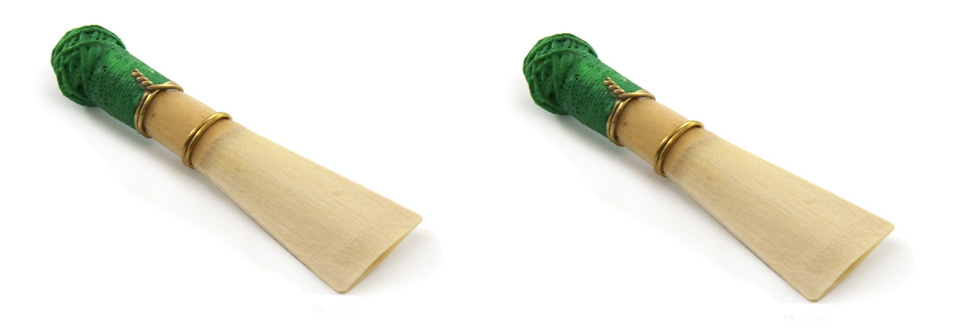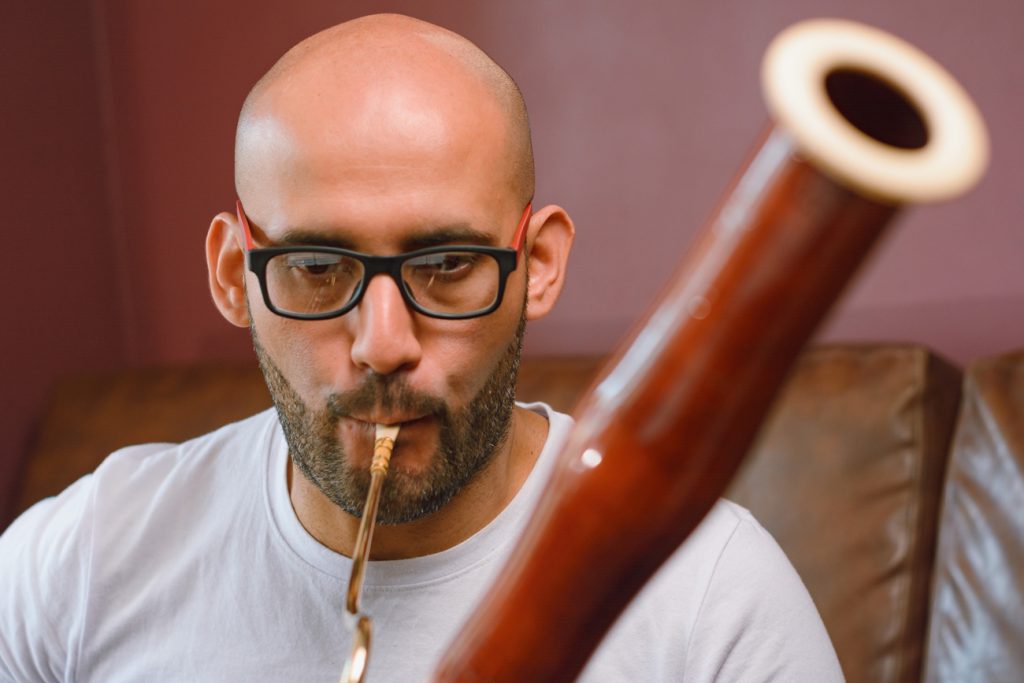Is the bassoon the hardest instrument to play?
20th June 2022The bassoon has a reputation for being a difficult instrument to play. Taking a first look at the affectionately named ‘clown of the orchestra’, you could see why! With a seemingly unwieldy size and generally well over 20 keys, it appears impossible to tame. Furthermore, the price of a good quality instrument can be off-putting for those wanting to start playing the bassoon. Let’s find out if the bassoon is the hardest instrument to play by taking a look at some features.

Reeds
The first task to tackle is getting a sound out of the bassoon’s reed. Bassoons use a double reed, which is usually constructed by folding a single piece of cane over itself and attaching to a metal tube, the ‘staple’, before scraping it into shape. Some bassoonists make their own reeds from scratch, but we sell a range of pre-made styles for players at all levels. Reeds are bound with thread and are placed on the crook.
To make a sound, you need to form the correct embouchure – the mouth shape – around the reed. The player draws their lips over their teeth and applies a bit of pressure around the reed. But be warned, never bite down! Biting will ‘choke’ the sound, making the tone thin or even stopping the note altogether. This is difficult to get used to and bassoonists spend years adapting their embouchure to achieve their desired tone.
The reed is relatively small in comparison to the rest of the instrument. Reeds are about 5.5cm long and not even 2cm wide, but the overall tube length of the instrument is 2.54m, over 8 feet. Bassoonists need to push lots of air through a small aperture in order to fill the bassoon’s tube! It’s the vibrating of the reed through this vast length of tubing that gives the bassoon its characteristic, versatile woody tone.

Posture
To play the bassoon, it is held in front of the player at a diagonal. When stood, a sling or harness must be used. If sitting, players can use a sling, harness, or seat strap. Bassoons don’t have thumb rests like clarinets or saxophones, so the weight is taken almost entirely by the sling, strap or harness. Players start by playing only a few notes, but will progress to use the full keywork available (including the 11 or more thumb keys!). Intermediate and professional models have more keys to help the player perform at speed.
Does that mean my child can’t start on the bassoon? Of course they can! As well as some short reach instruments from Schreiber and Adler, Dawkes also offers the Adler Children’s Bassoon. This has reduced keywork and range, as well as a Plexi resonator. Students can therefore begin at a younger age, using an instrument lighter than ‘full’ bassoons. The Children’s Bassoon is suitable for the first few years of playing, after which the student should be able to graduate to a short reach model.

So…is the bassoon the hardest instrument to play?
You probably saw this coming … but it’s subjective! All instruments have their challenges. The bassoon may well just have the most obstacles to making it an accessible first instrument. The size can restrict it to learners over ten, and the complex keywork can be tough to tackle. Bassoons are fickle, fragile instruments, so the player needs to take proper care of it. Budget also comes into play – but with our rental scheme and other purchasing options available, we can help you figure out the best way to get going on this fulfilling instrument!
If you’d like to try your hand at the bassoon, book a space in one of our dedicated testing rooms! Our specialist team is on hand to help you choose the best instrument for your wishes and requirements.